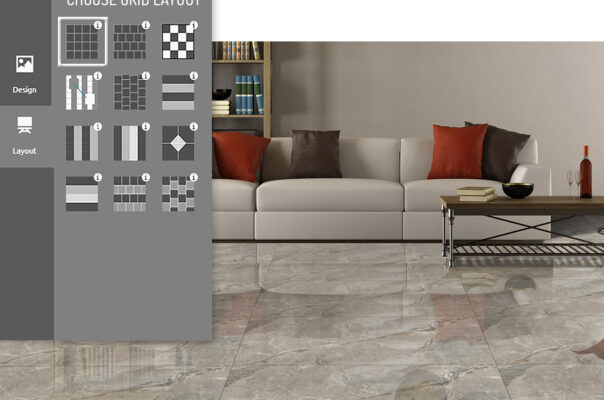
Grid Layout
For this layout Number of tiles required is 1. This is the most commonly used tile pattern of all.
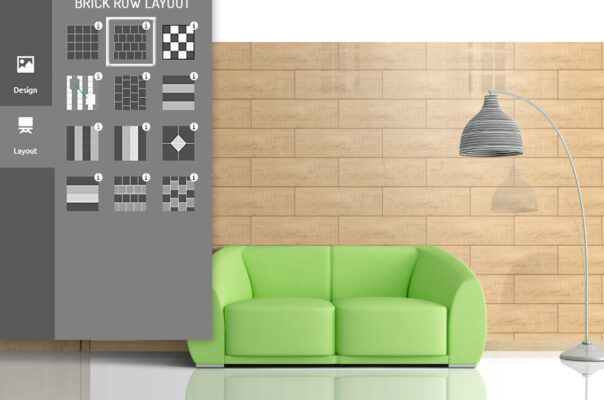
Brick Row
For this layout Number of tiles required is 1.
In this layout end of each tile is lined up with the center of the tile above and below.
Tiles are laid in a horizontal manner.
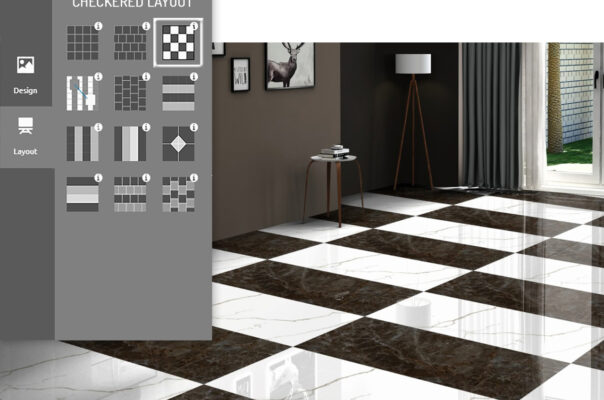
Checkered Layout
For this layout Number of tiles required is 2.
This layout alternates two colors of the same-size square tiles in either a straight line or diagonal pattern.
You could also use different shades of a color for a subtle look or go wild with bold.
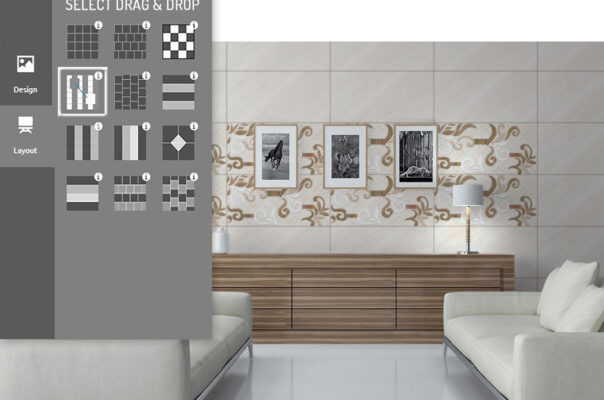
Drag & Drop
For this layout you can use unlimited tiles.
Drag and drop tiles of your choice to create your desired design.
You can simply choose tiles and place them anywhere on the grid by clicking on a particular box of tiles.
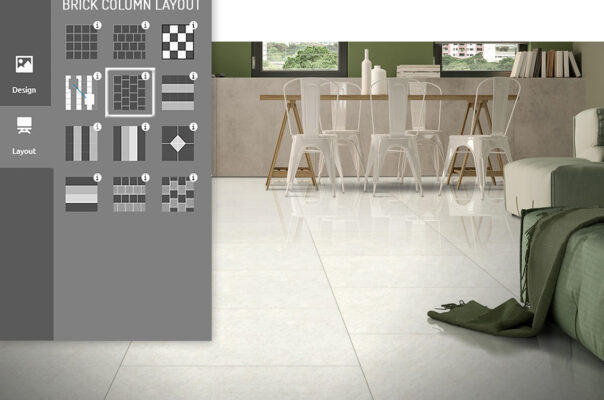
Brick Column
For this layout Number of tiles required is 1.
In this layout end of each tile is lined up with the center of the tile above and below.
Tiles are laid in vertical manner.
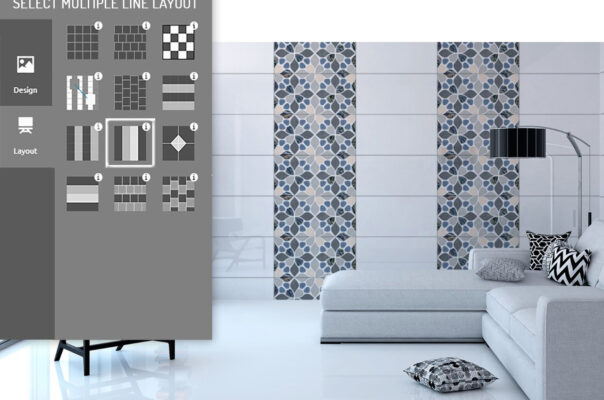
Multiple Line Vertically
For this layout you can use multiple tiles.
This layout will help you to visualize the combination of more than two tiles by arranging them Vertically in alternate lines.
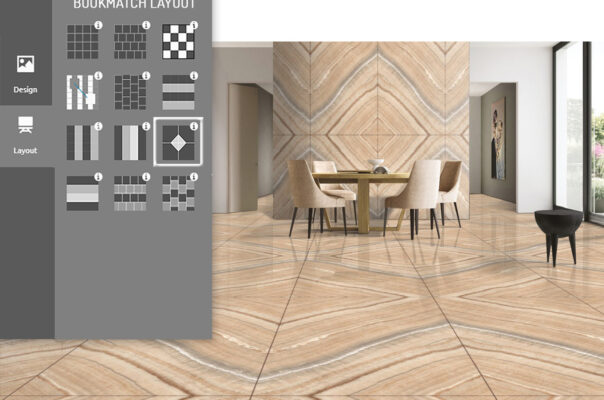
Bookmatch Layout
For this layout Number of tiles required is 1 but the design must be bookmatch.
Its a combination of 4 tiles and it will adjoining surfaces mirror each other.
This layout is used when you have selected Bookmatch Design from your backend.

Multiple Line Horizontal
For this layout you can use multiple tiles.
This layout will help you to visualize the combination of more than two tiles by arranging them horizontally in alternate lines.
